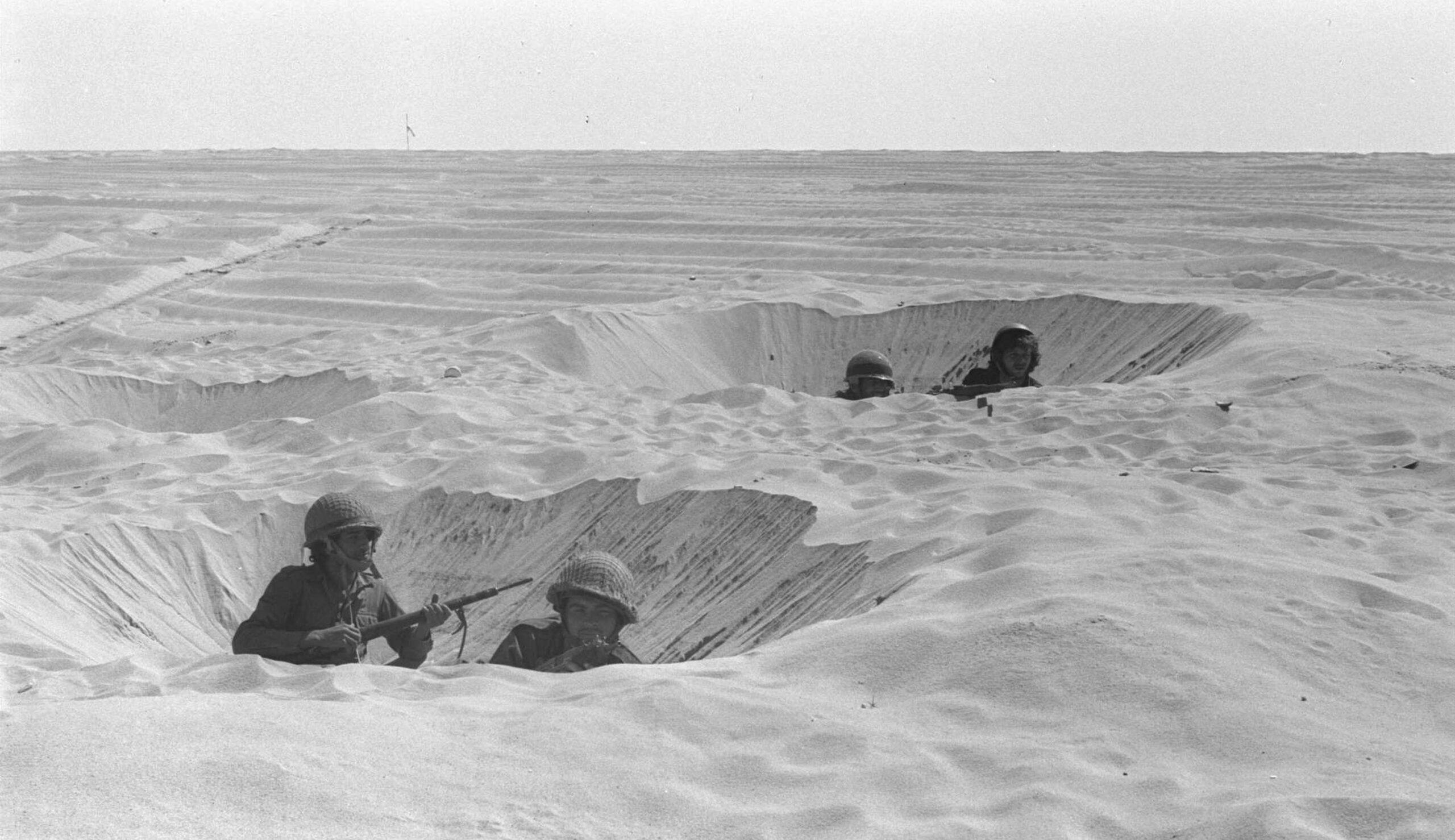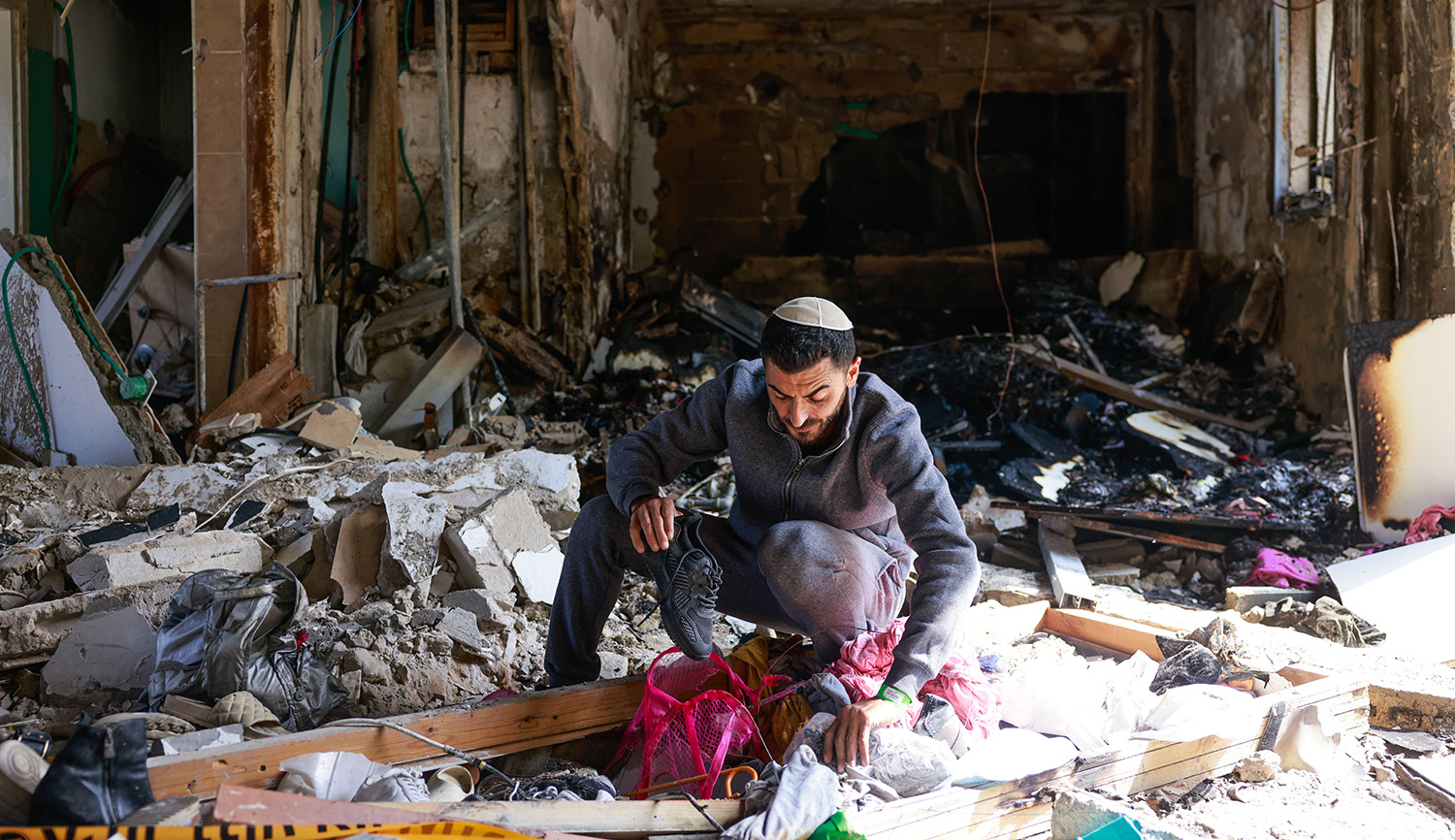Berlin’s sprawling Memorial for the Murdered Jews of Europe consists of over 2,000 gray stone rectangles without any sort of enclosure, signs, or plaques. On one side there is a row of restaurants and postcard shops known in the German press as “Holocaust Beach.” Finding the monument an ideal place for all sorts of activities, visitors not surprisingly begin uploading photographs of themselves engaged in sunbathing, picnicking, calisthenics, and stunts. The Israeli-born Berlin resident Shahak Shapiro created a website merging these photos with actual pictures from the Holocaust. Amy Newman Smith comments:
Much has been made of the striking images: a young woman in workout gear demonstrating her strength and flexibility is paired with twisted bodies piled up in a concentration-camp building, the doorframe replacing the stele she was balanced against, her feet in the air. A man kneeling, juggling bright pink balls, is transported from the memorial to a burial pit. . . .
In part because a visitor can enter the Berlin memorial from any side, there is nothing in the way of preparation or guidance as to what, if anything, it should mean. There is an information center (which, as it happens, [the monument’s architect] Peter Eisenman strenuously resisted), but it is tucked underground, and few visitors ever make it there. . . . Care has been taken, however, to post signs warning of pickpockets.
Time is, of course, picking memory’s pocket, pilfering public memories of the Shoah, even among the Germans, even among the Jews. Memorials remain, unmoved and unchanged by this inevitable erosion of memory. Think, for instance, of the emotional impact of the Lincoln Memorial upon most of its present-day visitors. How many truly feel the rupture of that conflict, fought over the fates of four million slaves and leaving more than 620,000 dead?
Shapira’s close attention to our present-day language and behavior offers one possible way forward: Holocaust Beach and [selfie-taking, video-game playing] museum visitors themselves become part of the exhibit. Part of the brilliance of Shapira’s ephemeral digital creation is that it allows us the space to think about thoughtlessness.
Read more at Jewish Review of Books
More about: American Civil War, Germany, History & Ideas, Holocaust, Holocaust remembrance


